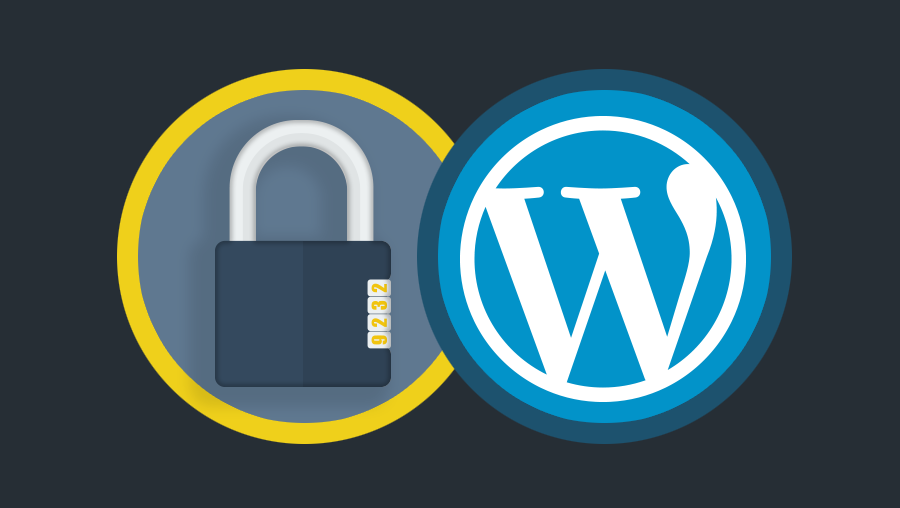
Introduction
WordPress continues to be one of the most popular content management systems (CMS) on the internet, powering millions of websites worldwide. Its ease of use and versatility make it a top choice for bloggers, businesses, and organizations. However, with great popularity comes great responsibility, especially when it comes to security. In this article, we will explore the essential security measures you must have in place to safeguard your WordPress site in 2024 and beyond.
1. Keep WordPress Core, Themes, and Plugins Updated
Maintaining an up-to-date WordPress installation is paramount. Developers continually release updates to patch security vulnerabilities and improve performance. Ensure the following:
- WordPress Core: Enable automatic updates for minor releases, and regularly update major releases manually.
- Themes: Choose well-coded, regularly updated themes from reputable sources, and update them promptly when new versions are available.
- Plugins: Only install plugins from trusted sources, and update them regularly. Remove any unused or outdated plugins to minimize potential vulnerabilities.
2. Use Strong Usernames and Passwords
Weak login credentials are a common entry point for hackers. Implement the following strategies:
- Admin Username: Avoid using the default “admin” username. Instead, choose a unique, non-obvious username during the installation process.
- Strong Passwords: Enforce strong passwords for all users, including a mix of upper and lower case letters, numbers, and special characters. Encourage users to use password managers to generate and store complex passwords securely.
3. Implement Two-Factor Authentication (2FA)
Two-factor authentication adds an extra layer of security to your WordPress login process. Users need to provide not only a password but also a one-time code sent to their mobile device or email. You can enable 2FA using plugins like Google Authenticator or Authy.
4. Regular Backups
Backups are your safety net in case of a security breach or data loss. Use reliable backup plugins or services to schedule automatic backups of your entire website, including databases and files. Store backups offsite, preferably in a secure cloud storage service.
5. Employ a Web Application Firewall (WAF)
A Web Application Firewall acts as a barrier between your website and potential threats. It filters out malicious traffic, protecting your site from common attacks like SQL injection and cross-site scripting. Several security plugins, like Wordfence and Sucuri, offer WAF functionality.
6. Limit Login Attempts
Limiting the number of login attempts helps deter brute force attacks. By default, WordPress allows unlimited login attempts, making it easier for hackers to guess passwords. You can set login attempt limits with security plugins or via code modifications.
7. Disable Directory Listing
By default, some directories on your server may be accessible to anyone, potentially exposing sensitive information. Disable directory listing by adding the following code to your .htaccess file:
Options -Indexes8. Use SSL Encryption
Secure Sockets Layer (SSL) encryption is vital for protecting data transmission between your website and users. Many web hosting providers offer free SSL certificates through Let’s Encrypt. Ensure your site uses HTTPS instead of HTTP.
9. Monitor File Changes
Monitoring changes to core files, themes, and plugins can help you detect unauthorized alterations early. Several security plugins can automatically scan your website for file changes and notify you of any suspicious activity.
10. Regular Security Audits
Perform regular security audits to assess your website’s vulnerabilities and weaknesses. You can hire a professional security expert or use automated security tools to scan your site for vulnerabilities.
11. Isolate Websites with Multisite
If you manage multiple websites on a single WordPress installation, consider using WordPress Multisite. This feature isolates websites from each other, reducing the risk of one compromised site affecting others.
12. Disable XML-RPC
XML-RPC is a feature that allows remote connections to your WordPress site. While it can be useful, it’s also a common target for brute force attacks. You can disable XML-RPC using security plugins or by adding the following code to your .htaccess file:
# Block WordPress xmlrpc.php requests
<Files xmlrpc.php>
order deny,allow
deny from all
</Files>13. Keep an Eye on User Permissions
Regularly review and update user roles and permissions. Limit access to the admin area and sensitive parts of your website to only those who need it. This reduces the risk of unauthorized access and changes.
14. Stay Informed
Security threats are continually evolving. Stay informed about the latest security vulnerabilities and best practices by following reputable WordPress security blogs and forums.
15. Use a Managed WordPress Hosting Service
Consider using a managed WordPress hosting service that specializes in WordPress security. These providers often include built-in security features and monitor your site for suspicious activity.
Conclusion
As WordPress continues to be a top choice for website owners, it remains a prime target for hackers. Protecting your WordPress site in 2024 requires a proactive approach to security. By following these essential security measures, you can significantly reduce the risk of security breaches and ensure a safe online presence for your website and visitors. Remember, in the ever-changing landscape of internet security, staying vigilant and up-to-date is your best defense against potential threats.
